Description
Treatment of root canals before their obturation.
Sodium hypochlorite reacts with the tissue proteins and releases nitrogen, formaldehyde and acetic aldehyde for a limited period of time.
This leads to rupture of peptide bonds and solubilizing proteins.
Thereby, sodium hypochlorite lyses necrotic tissues and provides more efficient action of antimicrobial agent in root canal.
Recommended use :
Remove the central part of the aluminum protective cap from infusion bottle. Conduct aspirate solution directly into the syringe through the rubber plug using an ordinary needle, preferably of large diameter. Then in the filled syringe change a sharp needle to the endo one named "Endoneedle".
Slightly bend the needle at the required angle. Insert the needle into the root canal, leaving 3-5 mm to the apex, since the injected solution flows into the canal with the pressure. Start processing the root canal. To avoid excessive pressure and to ensure more effective operation the processing should not be too rapid.
Near the place to be treated put a saliva ejector, which will quickly remove effluent solution together with the decomposition products reducing unwanted contact of hypochlorite with the oral mucosa. For complete removal of all of the decay products from the root canal the amount of used liquid must be substantial (10 - 20 ml).
Storage :
- Keep the material in a glass container with tightly closed lid in a cool, dark place at t of +4°C to +15°C. Avoid prolonged exposure to direct sunlight.
- Shelf life is 2 years.
- Antiseptic activity of the solution is guaranteed only under the recommended conditions of storage.


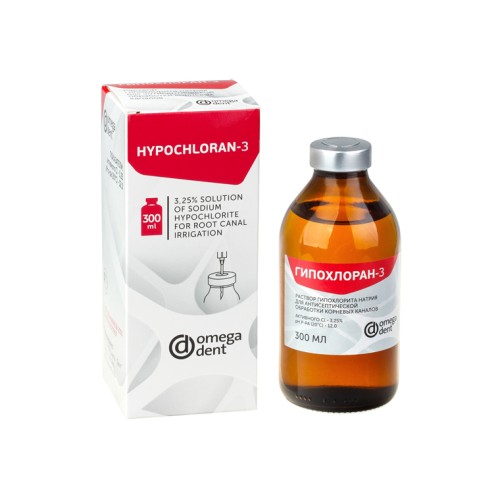
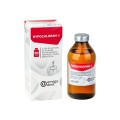
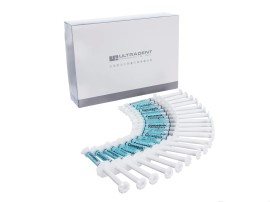
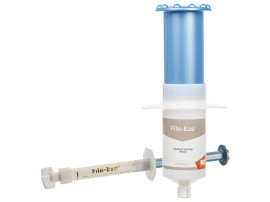
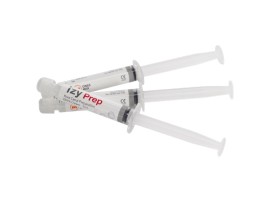
-thumb_270.jpg)
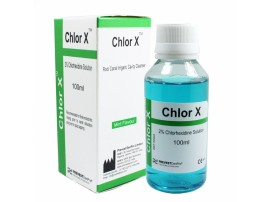
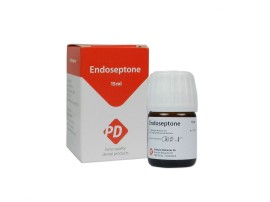
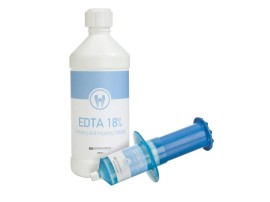
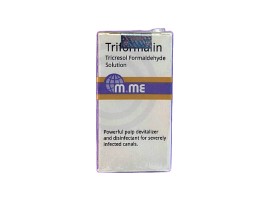
-thumb_270.jpg)
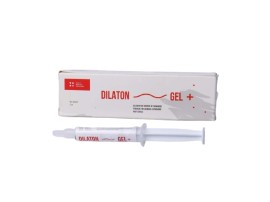
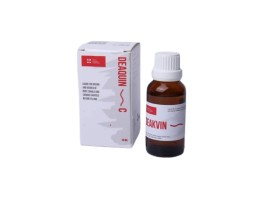
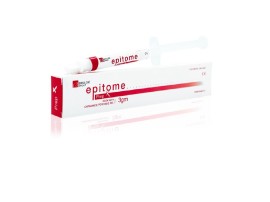



0 Review for “HYPOCHLORAN-3 | Solution Of Sodium Hypochlorite For Root Canal Irrigation”
5 Stars
0%
4 Stars
0%
3 Stars
0%
2 Stars
0%
1 Stars
0%